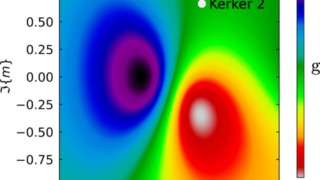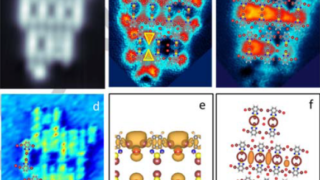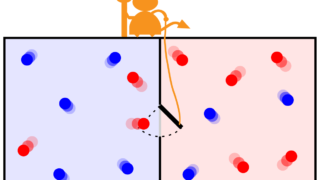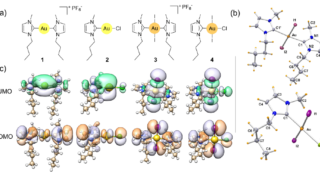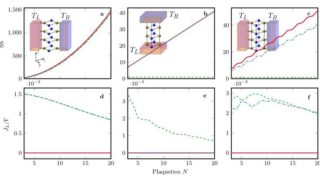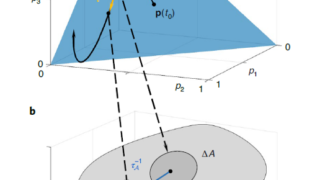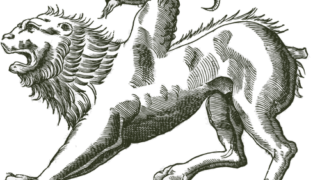
Welcome to the latest human-mouse chimeras
A chimera was a mythological animal in the Antique Greece, but now a biological chimera is an animal with cells from different organisms. In recently published research in Science Advances , researchers show the result of the newest trial to introduce human cells into a mouse embryo. The last human mouse chimera. This was not […]
